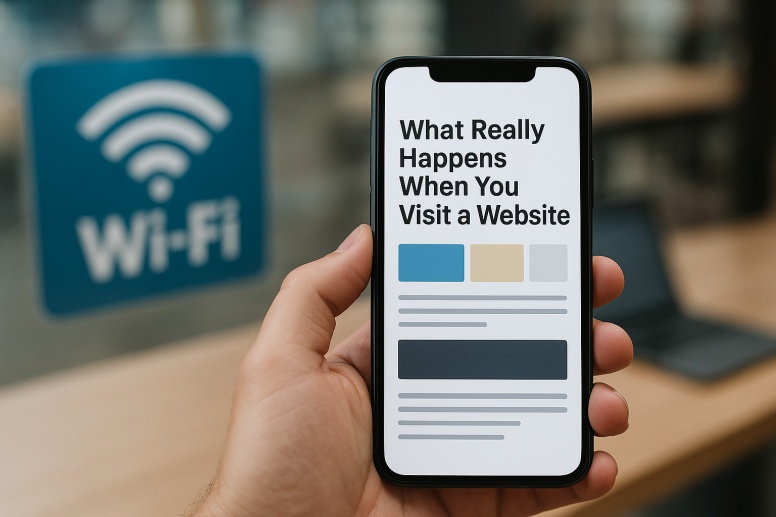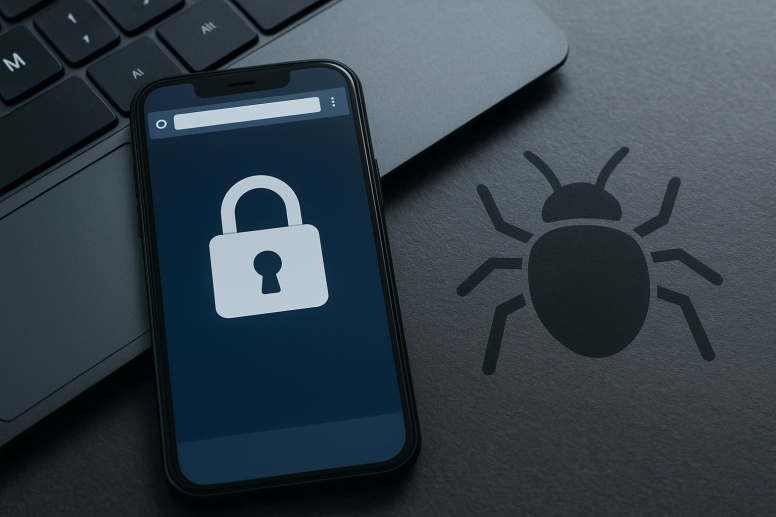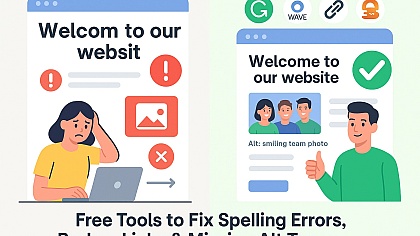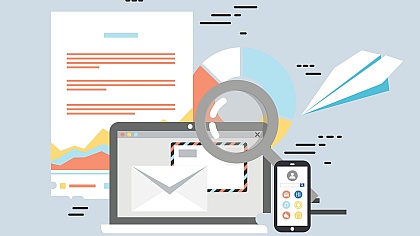
How Safe Is Your Phone When You're “Just Browsing”?
We think we’re being safe online. We don't click on strange links, we don't download random files, and we don't respond to messages or requests from strangers. That should be enough to stay safe, right?
Unfortunately, even browsing the Internet isn't always as harmless as it seems. Even when you’re not actually clicking on anything, your phone is passing information to every site you visit. Some of these sites may quietly collect more information than you realize.
What Really Happens When You Visit a Website
When you access a website from your phone, it automatically transmits information such as your IP address, device type, location, and even your browser version. Most websites collect this information for analytics or advertising, although not every website uses it legitimately.
Some websites contain background scripts, which begin running as soon as the website loads. Some might track your movements, attempt to identify vulnerabilities in your device, or even prompt a download, for example, of a file or video. You may not notice anything out of the ordinary. The web page loads, you scroll through the page, and then you leave. At that moment, your information might already be collected or exposed.
Public Wi-Fi: Convenience with a Hidden Cost
The most common place where simply browsing is really a threat is public Wi-Fi. Airports, coffee houses, hotels, shopping centers, and buses now offer free Wi-Fi.
It feels pretty safe and innocent to just check the news or browse social media while stuck waiting for a flight. But insecure public networks are often breached by anyone who has even the most basic of equipment. They can track the data that crosses the network and can spy on the sites users visit. In some cases, they can even reroute people to replica sites without being traceable.
This is called a man-in-the-middle attack. You think you’re connected to the official Wi-Fi, but you’re actually connected to a replica. Everything that you type or click passes through someone else's device first. They can pilfer logins, private messages, or banking information in seconds.
Modern Hacking Doesn’t Always Look Like Hacking
Most of us think of hacking as a dramatic spectacle with flashing screens and distinct warnings. In real life, however, cyberattacks are subtle and calculated. Most of them aren’t trying to destroy your phone, but to merge with it so that they can keep watching in the background.

Some sites install tracking cookies that follow you around from website to website. Others run cryptocurrency mining scripts that suck power from your phone without your permission. In advanced cases, malicious sites scan for outdated software or weak browser settings and exploit them without your knowledge. You don't even have to click a button or allow a pop-up. Your phone's background processes do the work for them.
How to Stay Safe Without Becoming Paranoid
The goal isn’t to avoid the internet. It’s to browse with common sense. Small habits can make a big difference:
-
System Updates
Update your browser and operating system. A lot of silent attacks are carried out against old, unsupported ones. Enable auto-updates so that you don't have to remember doing it manually each time.
-
Virtual Private Networks
Encrypt your traffic and hide your IP, especially when using public networks. If you’re trying it for the first time, looking up how to get a free VPN is a simple place to start.
-
Secure Connections
Avoid filling out personal information on pages with no HTTPS. If the padlock icon isn't displayed, what you’re writing could potentially be spied on by anyone on the network. If you’re unsure, shut the tab and reopen via another connection.
-
Private Browsing
Use private mode, privacy-minded browsers, or tracking protection to limit how much data sites are able to cache on you. It’s especially useful when looking up medical information, travel prices or anything you wouldn’t like to be linked to your profile.
-
Cautious Wi-Fi Use
Free Wi-Fi should be treated as in public spaces. Don’t access email or bank over open networks. If an internet connection is required, use mobile data for any sensitive work.
Online safety is more about small habits rather than sophisticated tools. A few mindful choices when browsing can protect your phone a lot more than most individuals realize.
Practice Caution Over Fear
Browsing the web should not feel dangerous. Most sites are safe, but the real risk comes from assuming “nothing can happen if I don’t click on anything.” Online safety is less about fear and more about awareness. A few smart habits are often enough to stay protected. So next time you think, “I’m just browsing,” remember that even quiet actions leave traces. Stay smart and stay ahead.














